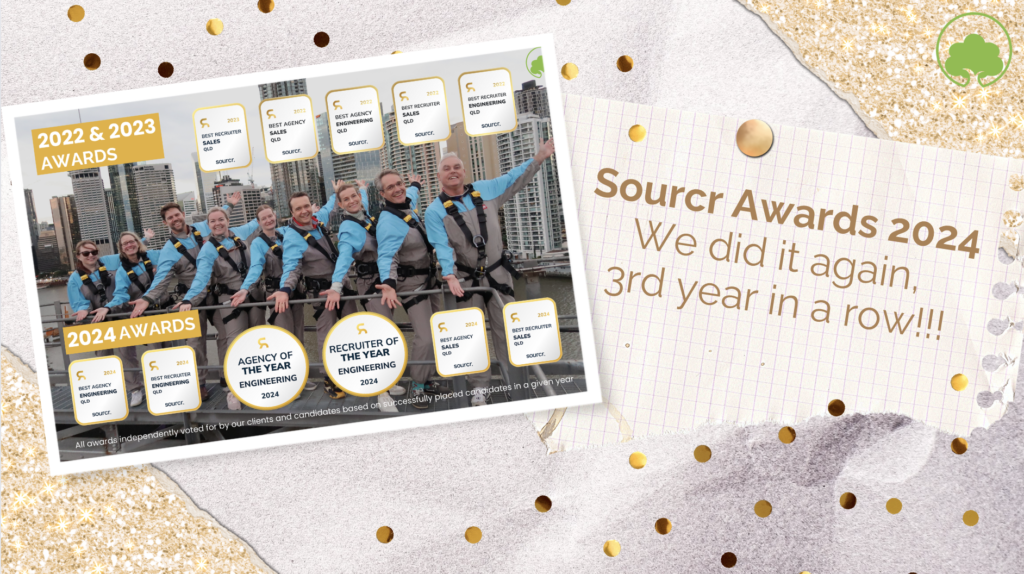When we think about employee engagement, many of us think it’s one of those ‘nice to have’ things, that doesn’t have any significant tangible impact. However, according to Gallup and other sources, engagement has some startling effects on a number of different performance and productivity metrics.
Gallup’s 2012 meta-analysis found that levels of employee engagement had the following effects on key performance indicators, shown below.

Source: Gallup State of the Global Workplace, 2014
Engagement is incredibly important and, according to the same study, Australia has one of the worst levels in the world.
Maslow and engagement
Maslow’s 1943 Hierarchy of Needs model gives us an excellent framework for thinking about employee engagement. Just as our most basic human need is to survive, our most basic work-related need is earning money to survive. And according to Gallup, 16% of Australian workers fall into this category.
The good news is that once the basic needs are met, people can move up to fulfilling the next needs in the hierarchy. So once our employees can take care of the basics, we as employers can encourage them to focus on the higher levels and become more engaged, committed and productive.
Let’s see how the figures compare with the Maslow model when applied to the workplace.

Level One: Survival
The first – and most basic – level is, according to Maslow, the physiological or survival level. In terms of human existence, we all have very basic needs we need to satisfy to survive, including air, food, water and shelter. Without these, we simply can’t exist.
When we apply this to the workplace, we can liken this to employees who need to earn money to put food on the table and a roof over their heads. People who work for this reason – and this reason only, nothing more – are likely to be highly disengaged. Because their sole purpose for being at work is to earn a wage, they’re just doing the bare minimum they need to survive and keep their job.
While this might sound quite harmless, according to Gallup people in this group are the most dangerous to your organisation’s health and performance. These are people who have no other motivation for turning up each day than to earn money. They don’t care about the company, its customers, their fellow employees or managers.
They’re very likely to undermine their managers and the company and engage in disruptive and counterproductive behaviours.
Level Two: Safety/Security
Once people’s basic needs are under control, the next level in Maslow’s hierarchy is safety or security. This can mean not only physical safety, but economic and psychological safety as well.
People who go to work to fulfil their need for security want to know they have a regular income that will help them feel safer and more secure. They can also be attracted to benefits such as health insurance, annual leave, paid maternity or paternity leave, sick days, Superannuation contributions, staff discounts and other perks.
While these people aren’t actively disengaged, they’re still not engaged either. According to Gallup, while they might not dislike the company and engage in counterproductive behaviours, they’re doing as little as they can to get by and stay under the radar.
Gallup’s data indicates that 60% of Australian employees fall into this group.
Level Three: Belonging/Social
Things get a little more positive as we move up the hierarchy. Maslow believes that at this stage, people want to feel accepted and that they belong to one or more social groups.
When we look at this in terms of engagement, people at this level feel that their contributions to the group are important and make a tangible difference. They’re more likely to think about how their work impacts their colleagues and the business as a whole, and to respect other people and their opinions. They’re also more open to giving and receiving feedback.
In terms of Gallup’s data, these people are at the start of the ‘engaged’ tier – which comprises 24% of Australian workers, and also encompasses the next 2 stages in the hierarchy.
Level Four: Esteem/Importance
In Maslow’s view, things start to get really interesting at level 4. We all want to be accepted and valued by others, and to feel as if we deserve their respect. Maslow believed that the most important or ‘higher’ type of esteem was all about self-respect: feeling confident in our abilities and believing in ourselves, rather than the ‘lower’ form of seeking status and attention.
At work, people at this level are feeling valued and appreciated. They feel as if their opinions matter. They’re motivated to do good work because they care about what their peers, customers and managers think – and they’re also self-motivated to perform at their best.
Level Five: Self-Actualisation
Maslow believed this level could only be reached if all of the preceding levels had been realised. In other words, only once people had taken care of their basic needs for survival and security, formed and maintained genuine social bonds and learned to respect themselves and others could they reach the pinnacle. This meant they could find their genuine core nature: they could focus on bigger problems than their own, be open to others’ ideas and strive to continually improve themselves.
At work, these are the high flyers. They believe that the organisation cares about their personal and career progress and helps them to continually learn and grow. They’re highly committed to their organisation’s and customers’ success.
Bringing it all together
Employee engagement is a two-way street: it requires organisations understanding how they can provide an environment in which people can feel involved, important and able to learn and grow. And at the same time, it requires people who are willing to put their best selves forward at work every day, because they care about the organisation and its mission, their customers and co-workers and their ability to contribute and make a difference.
If you’d like to identify which potential employees are more likely to be engaged in your organisation, or to diagnose and strategically address drivers of engagement – and ultimately productivity and profitability, we can help.
Feel free to contact us for an obligation free conversation.











